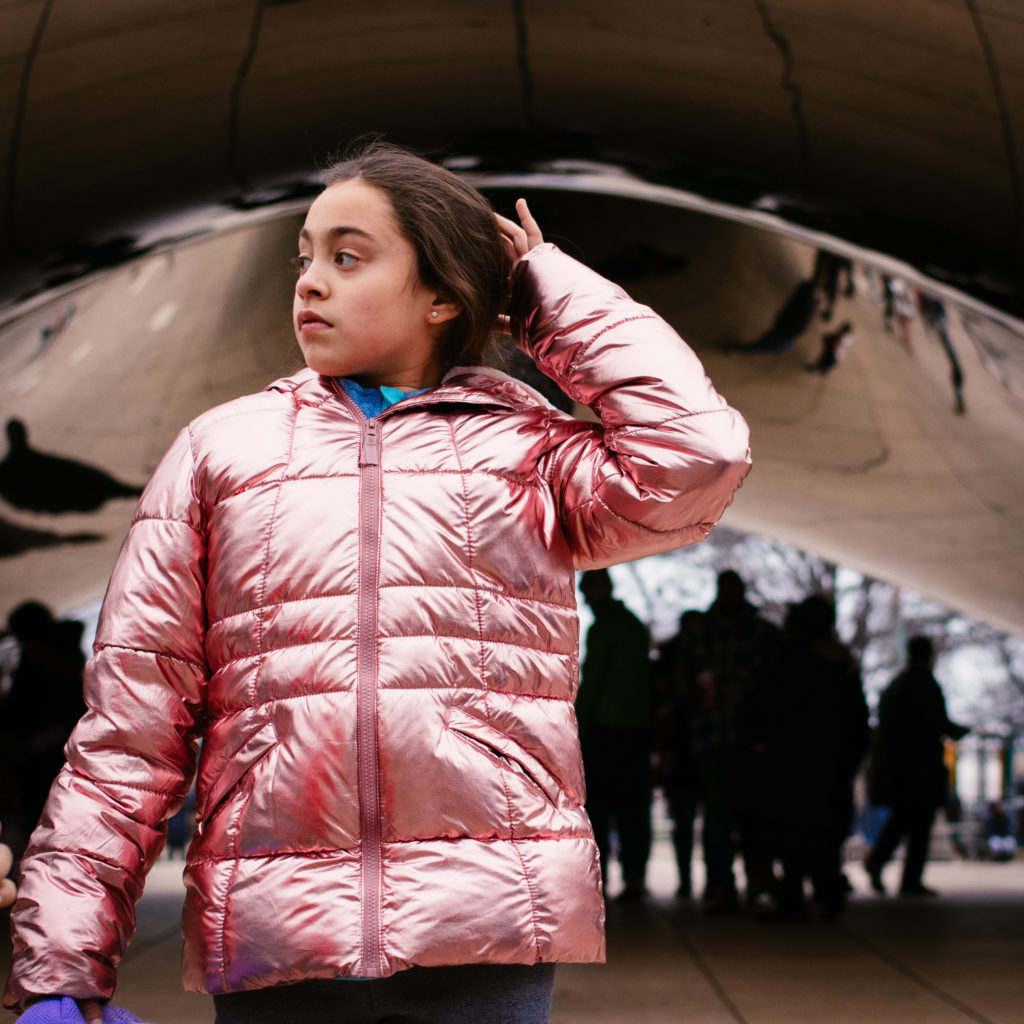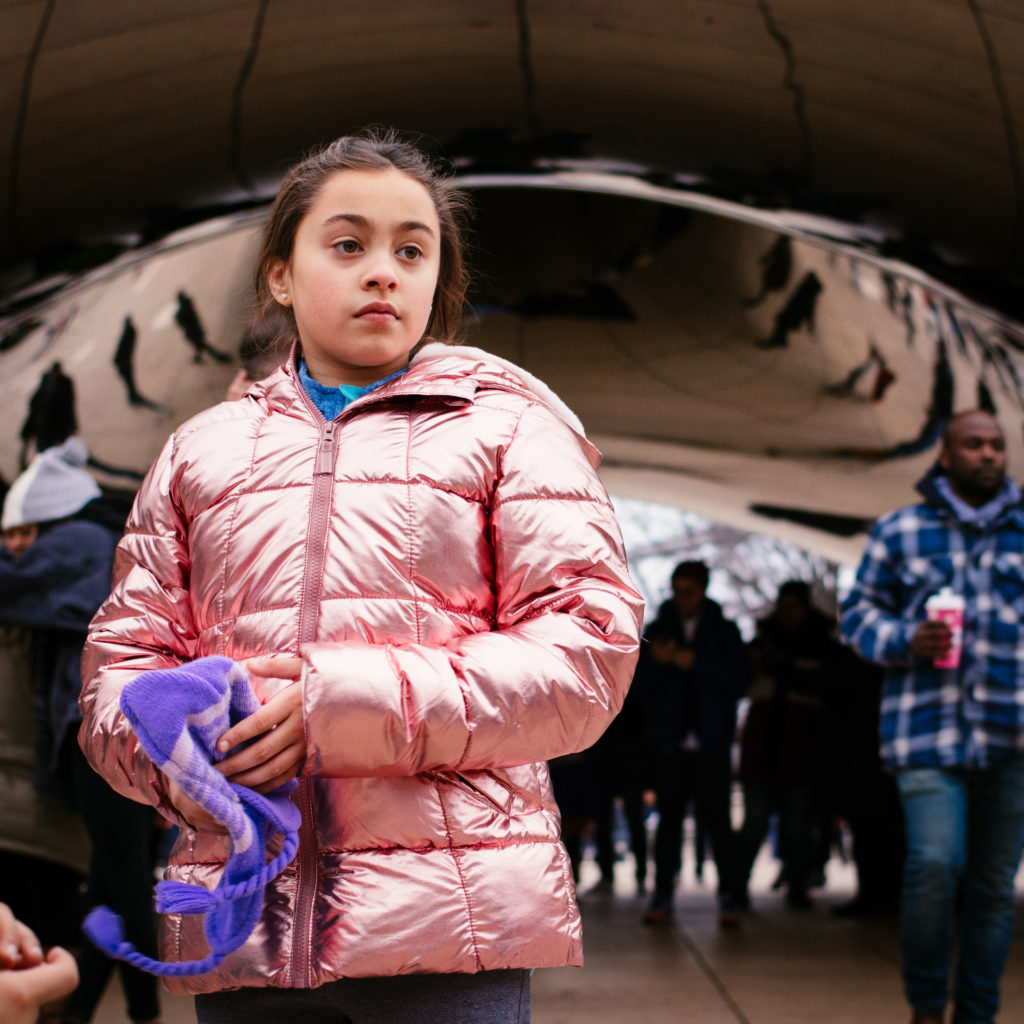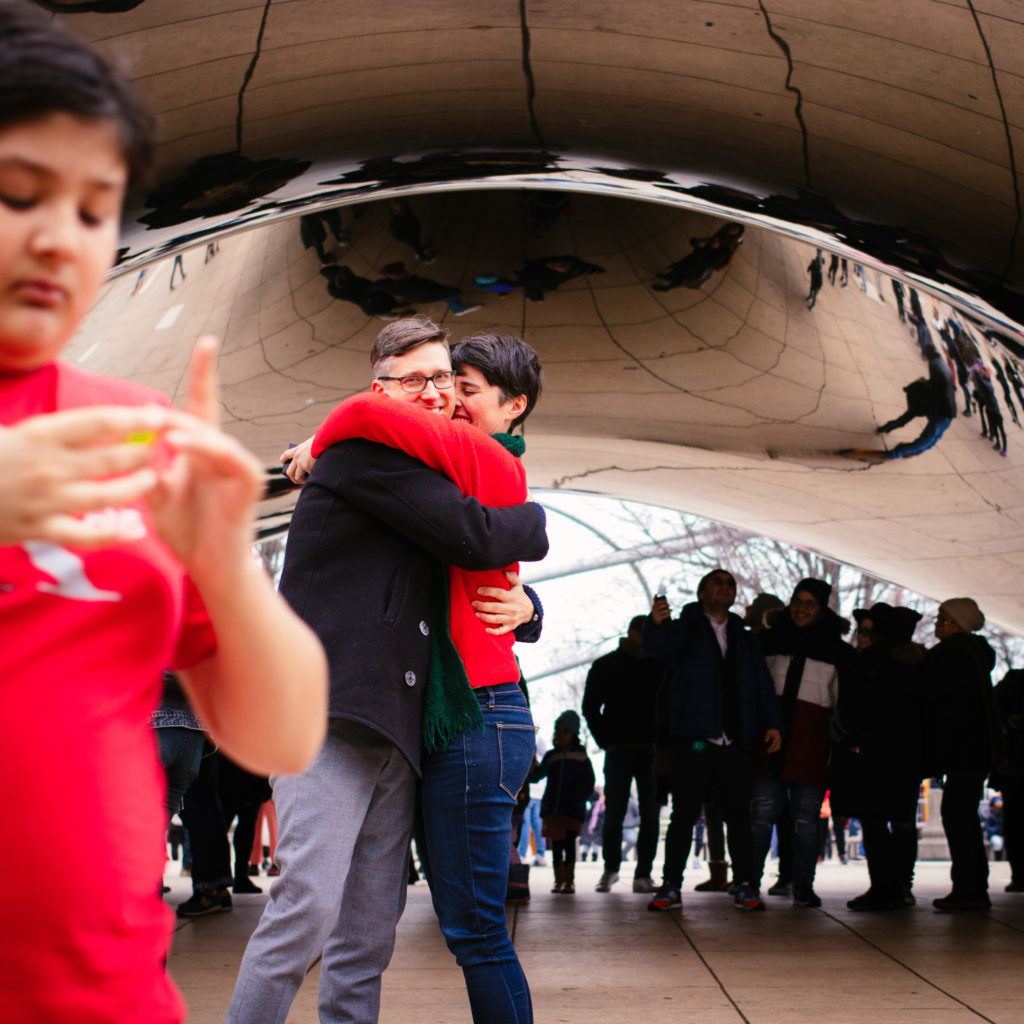Movies! Remember them? Sometimes, you’d go into a big room and watch them be huge in the dark.
- Three Days of the Condor (1975): Talking about this movie before I’d finished it, on the phone with Leonard and Sumana, they mentioned it as worth comparing to Mikey and Nicky (1975). That one was a high-profile 70s movie directed by a woman, and this is a high-profile 70s movie directed by a man. They were right: the difference is distinct. I didn’t exactly enjoy Mikey, but it was unflinching. This movie is clever, but its view of human nature is occluded by certain ideas about Men and Heroism, and its camera direction didn’t seem to show much imagination to me. The costuming was really good, though. A lot of fun coats.
-
Bound (1996): It’s a bit goofy in its atmosphere, but this movie (which I’d never seen before) has so much more visual imagination than almost anything else out there. Even other well-regarded noir! Having viewed The Matrix (1999) through a new (queer) lens also gives me double vision about this one, and not just because a lot of this is clearly practice for that: monochrome wardrobes, overhead pan shots, even some of the exact score cues. It still has the texture of a 90s movie, though, where The Matrix was the first thing I watched that really anticipated the look of the next century. And helped create it, for that matter.
Kat had the insight that if you looked at this film as something created by two men, it must have seemed voyeuristic; knowing that it’s a movie made by two trans lesbian women, its cinematic gaze seems much more like a form of longing.
-
Portrait of a Lady on Fire (2019): Speaking of longing! And visual imagination! I thought this movie was extraordinary, in part because it hit me right at the level of “my very expensive college education has prepared me to interpret this art,” but mostly because it’s just fucking great. I thought the trailer had betrayed its entire plot and was delighted to learn I was wrong. Céline Sciamma demonstrates great command of a lot of particular things that I’ve learned to appreciate in the last year and change. It’s sparing in its use of music (three instances, all diegetic), and its silent long takes aren’t showy, they’re there to give you and the actor the chance to stay with the moment and register its emotion. It uses voiceover only twice, in a way that makes sense, and sets the expectation for its use early so that when it returns it doesn’t kick you out of your immersion. Even its color grading is deft, including some use of the infamous orange and teal that works because this is a movie about fire and the sea.
Kat and I watched this on a double date with friends Morgan and Hannah, and all four of us chatted excitedly over each other on the ride home, trading things we noticed about its stance on absent men and wavering class divisions and its apparent concept of a (white) feminist utopia. It even has a tacit, subtle comment on what it means for someone’s clothes to have pockets. Portrait isn’t perfect, but it’s going to take a lot for anything else to knock it out of the top slot in my movies of the year.








